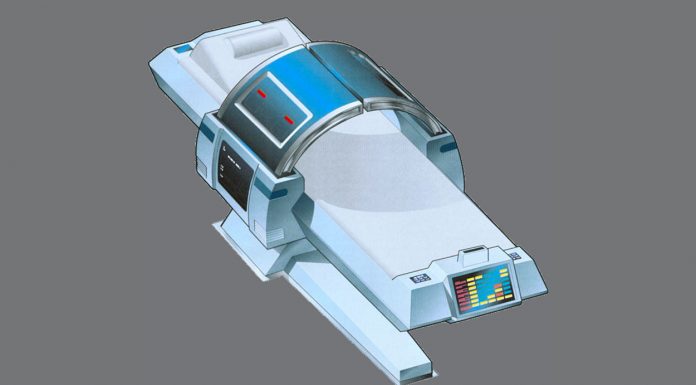Medical imaging technology startup Nanox has secured funding of $26 million with participation of Foxconn, bringing the total funds raised to $55 million. Foxconn is joining Fujifilm, SK Telecom, and other private investors, who have previously invested in the project, as part of a round that is aimed to support company's development, commercialization, and deployment of its Nanox System.
The Nanox System is composed of the Nanox.Arc, a digital X-ray device and the Nanox.Cloud, a companion cloud-based software that will be designed to provide an end-to-end medical imaging service, that is expected to include image repository, radiologist matching, online and offline diagnostics review and annotation, connectivity to diagnostic assistive artificial intelligence systems, billing, and reporting.
The Nanox System will promote early detection of medical conditions that are discoverable by X-ray. The company believes its digital X-ray source technology, combined with its planned software solution, will enable it to build medical imaging systems at significantly lower costs than existing medical imaging systems to promote early detection of medical conditions that are discoverable by X-ray and X-ray based imaging modalities such as CT, mammography, fluoroscopy and angiogram.
According to a 2012 report from the Pan-American Health Organization and the World Health Organization, approximately two-thirds of the world population did not have access to medical imaging that year, while many people with access to medical imaging face substantial wait times for scanning. The availability of a lower cost device has the potential to substantially expand medical imaging availability and improve the accessibility of early-detection services across the globe.
Once regulatory approval is obtained, Nanox plans to penetrate the global market by deploying its Nanox System in collaboration with governments, hospitals and clinic chains. The company will offer its Nanox.Arc under a pay-per-scan business model, at affordable and substantially lower prices than currently available alternatives.The Nanox.Cloud is being designed to provide an end-to-end medical imaging service, that covers AI analysis and more. The Nanox System is designed to enable medical screening as a service to improve the accessibility and affordability of early-detection services worldwide.
“We are honored to have Foxconn join other world leaders, Fujifilm and SK Telecom, in investing in our vision of eradicating cancer,” says Ran Poliakine, Founder & CEO of Nanox. “Nanox has achieved a technological breakthrough by digitizing traditional X-rays, and now we are ready to take a giant leap forward in making it possible to provide one scan per person, per year, for preventative measures.”











